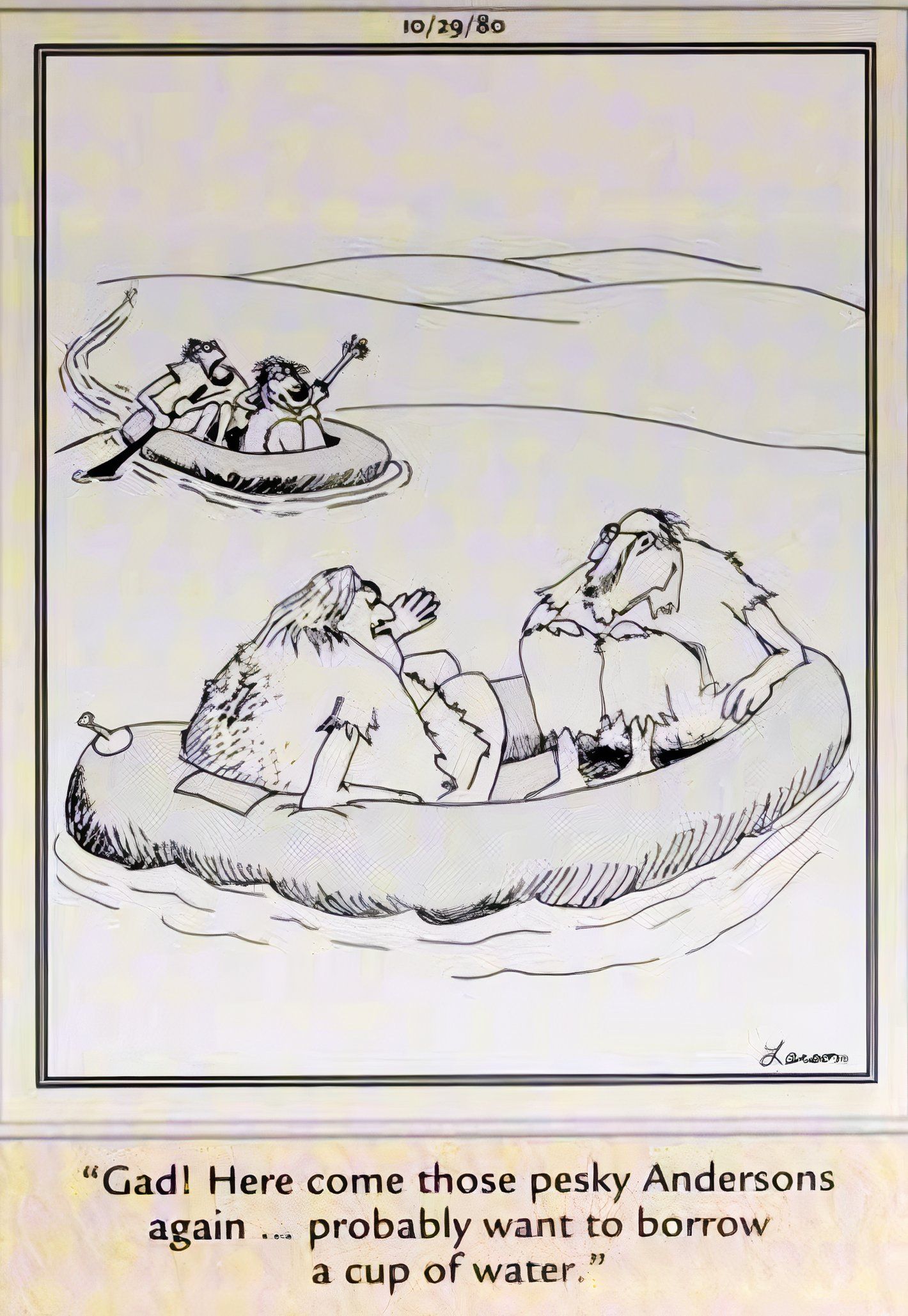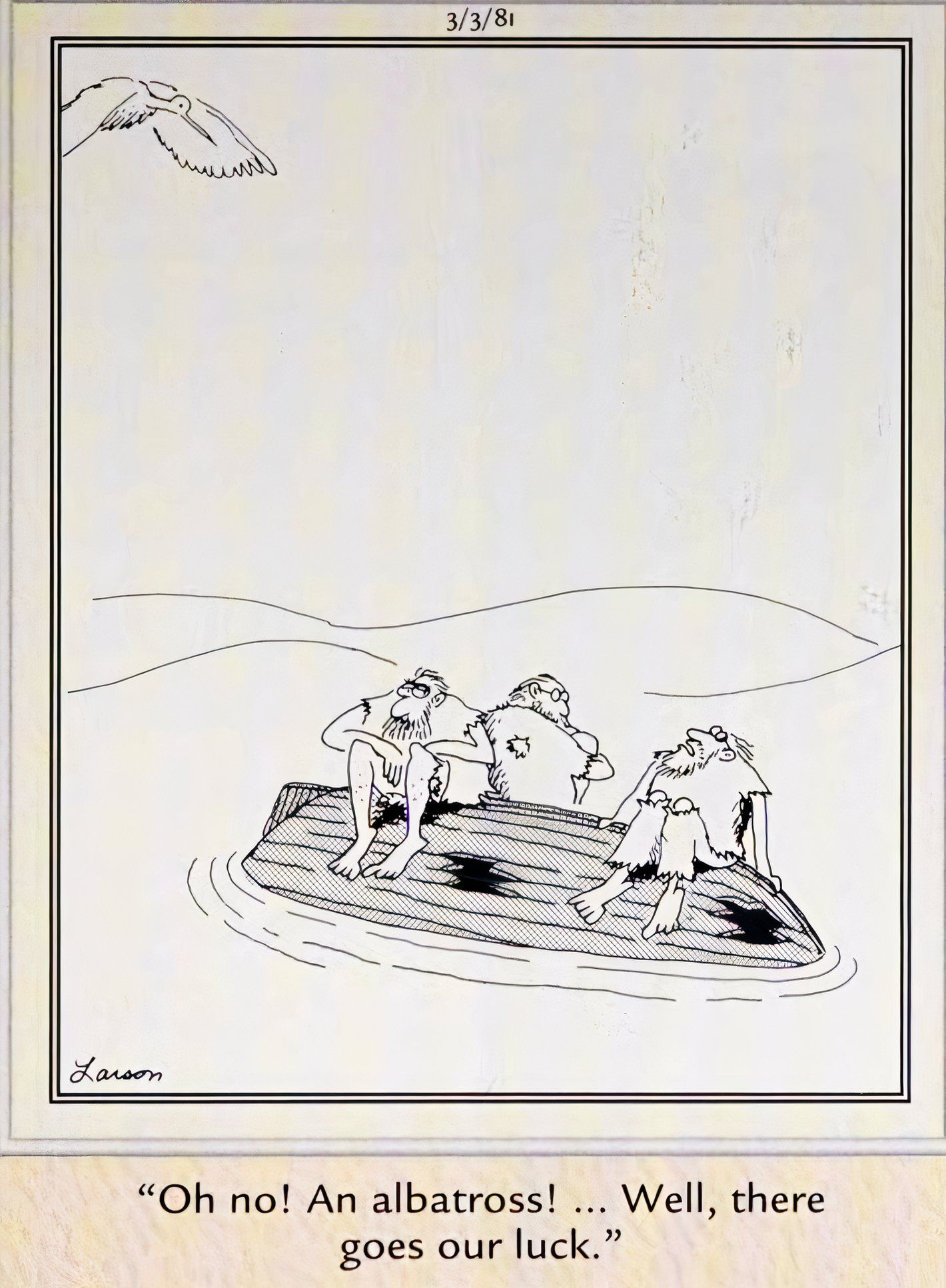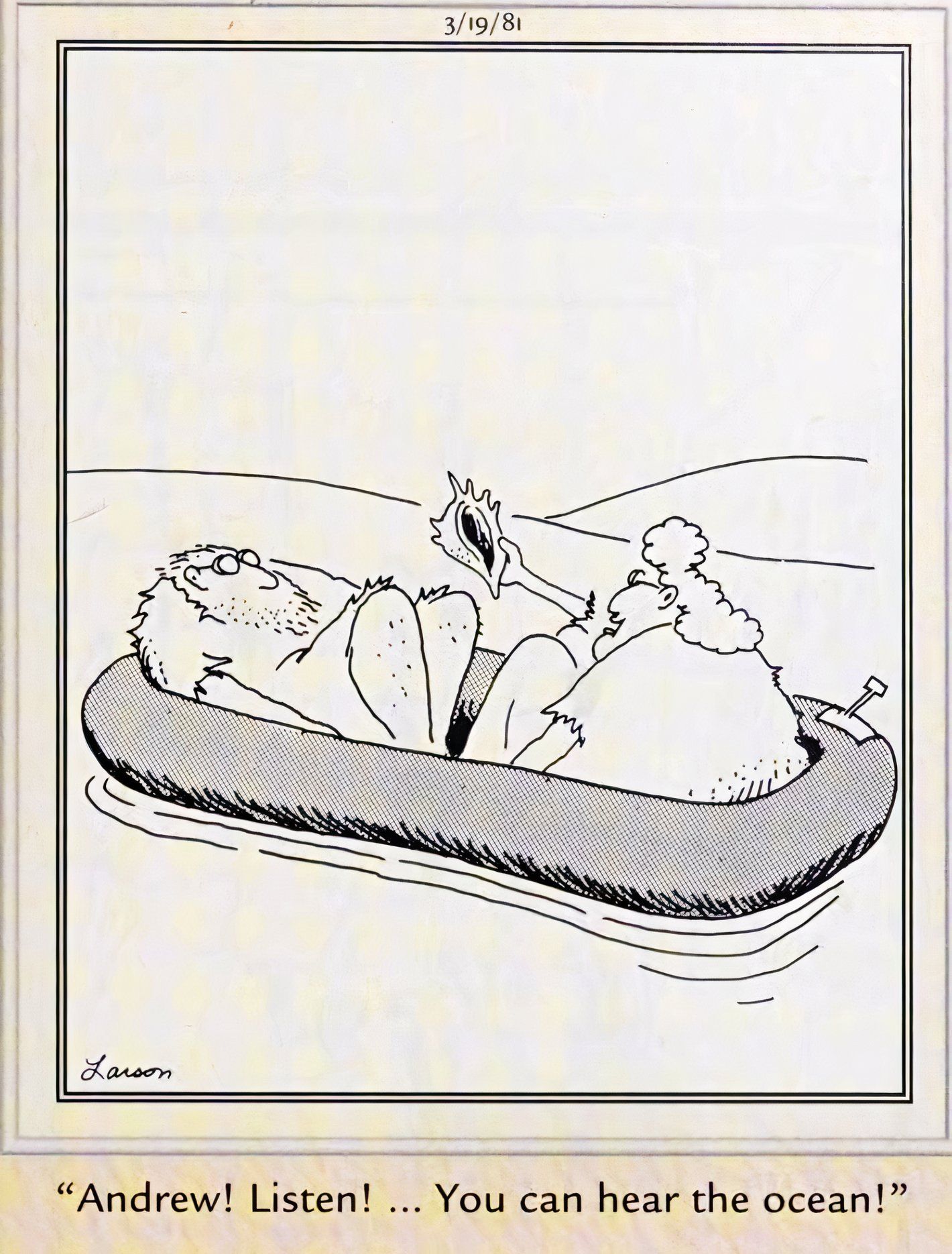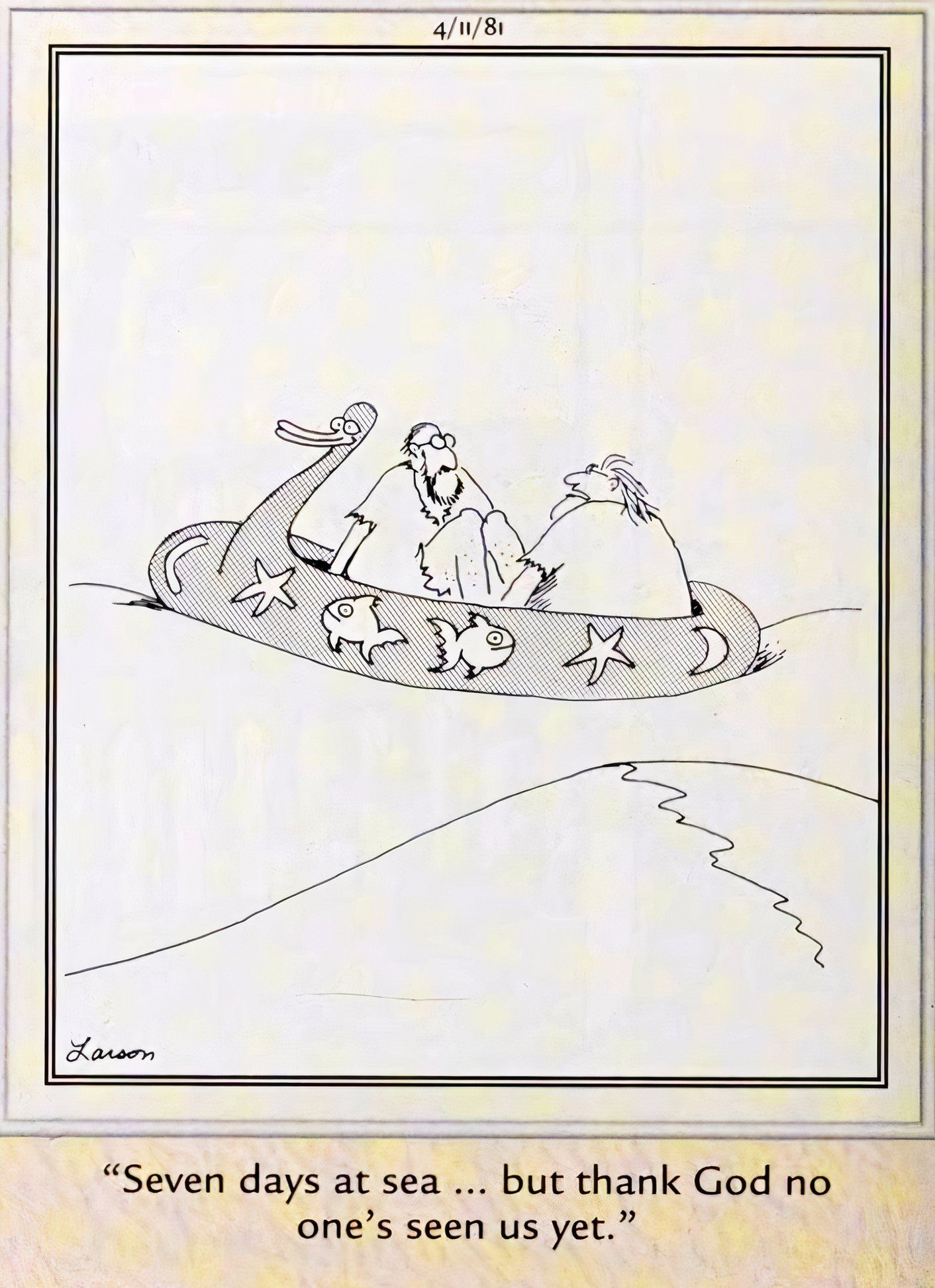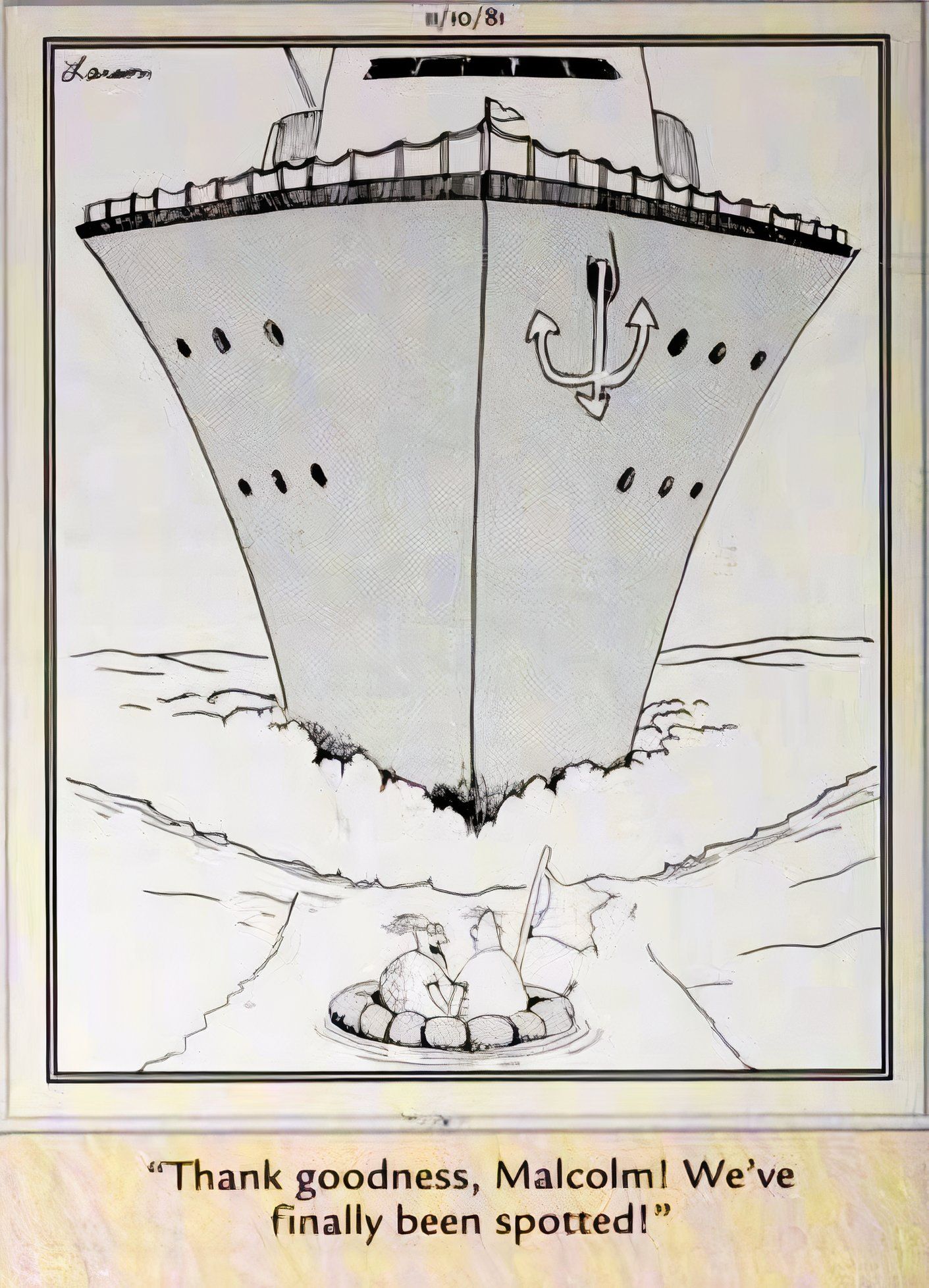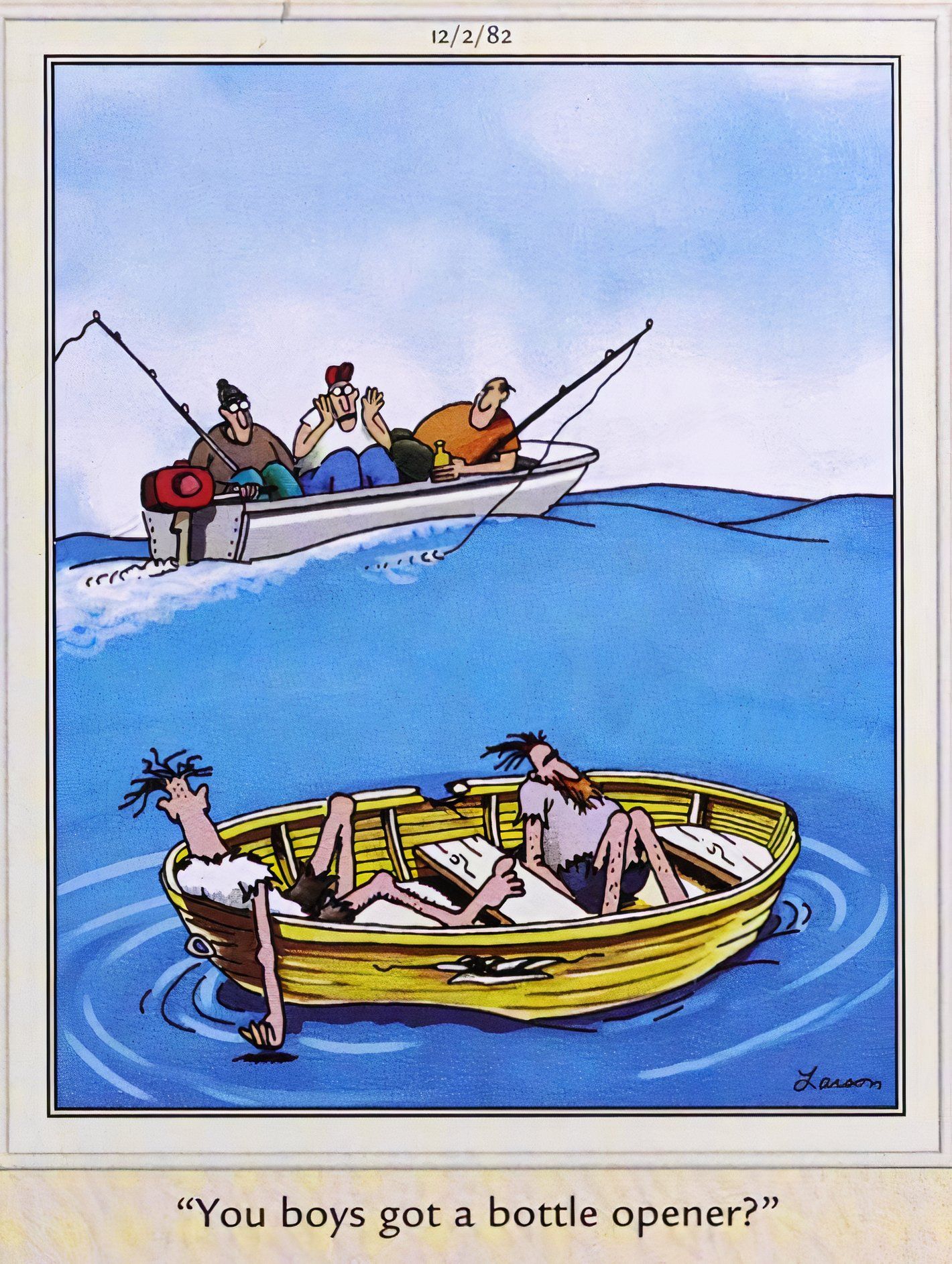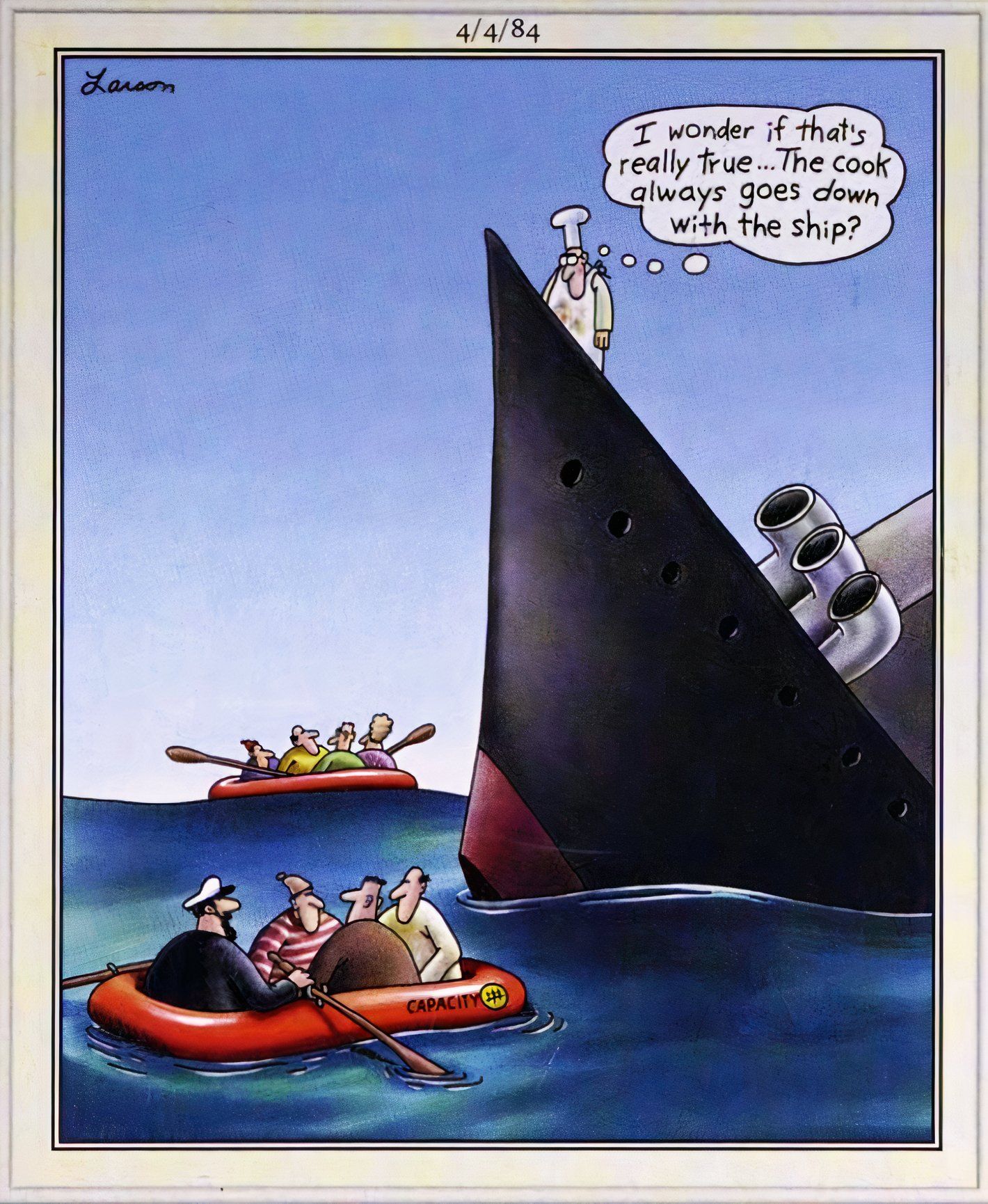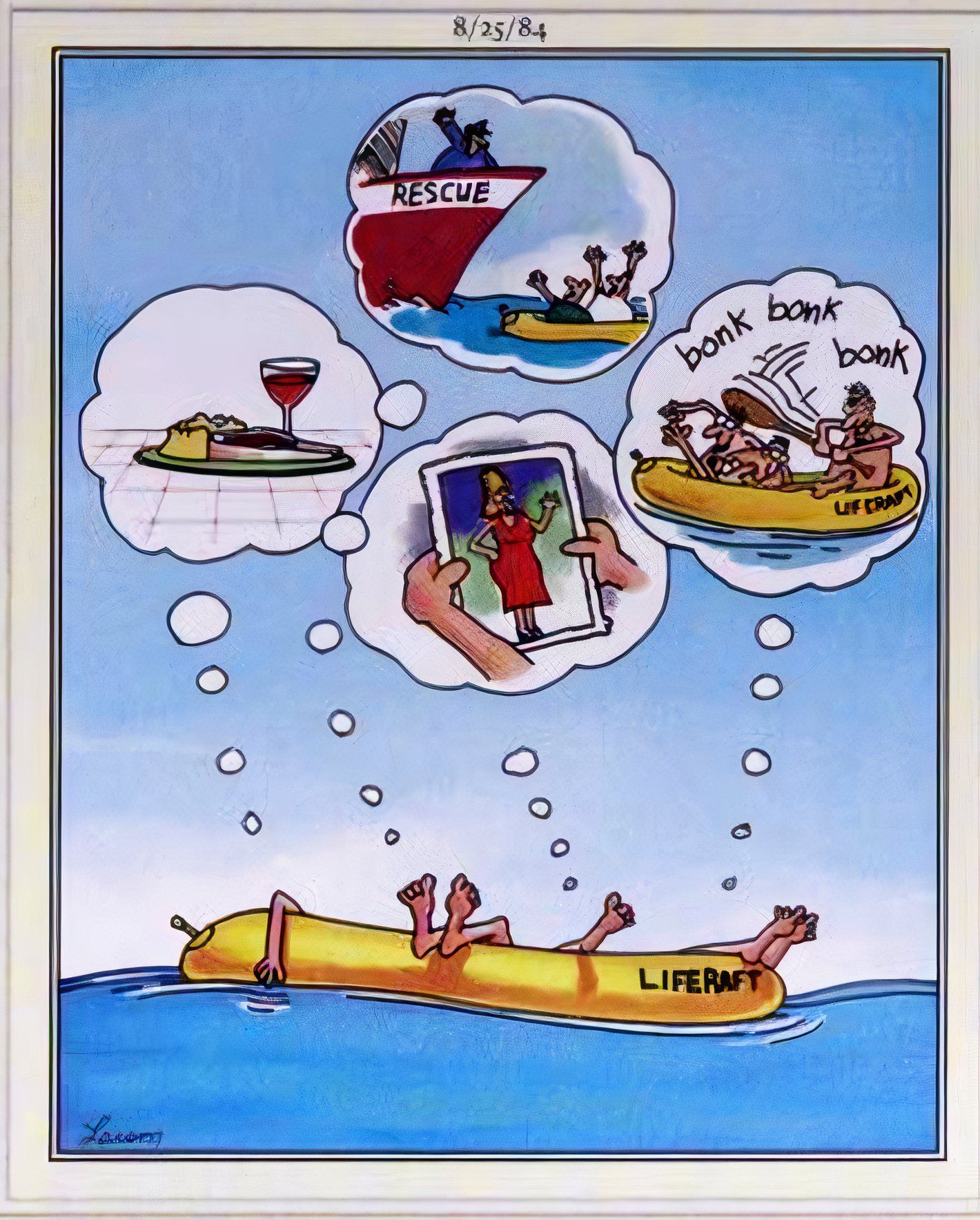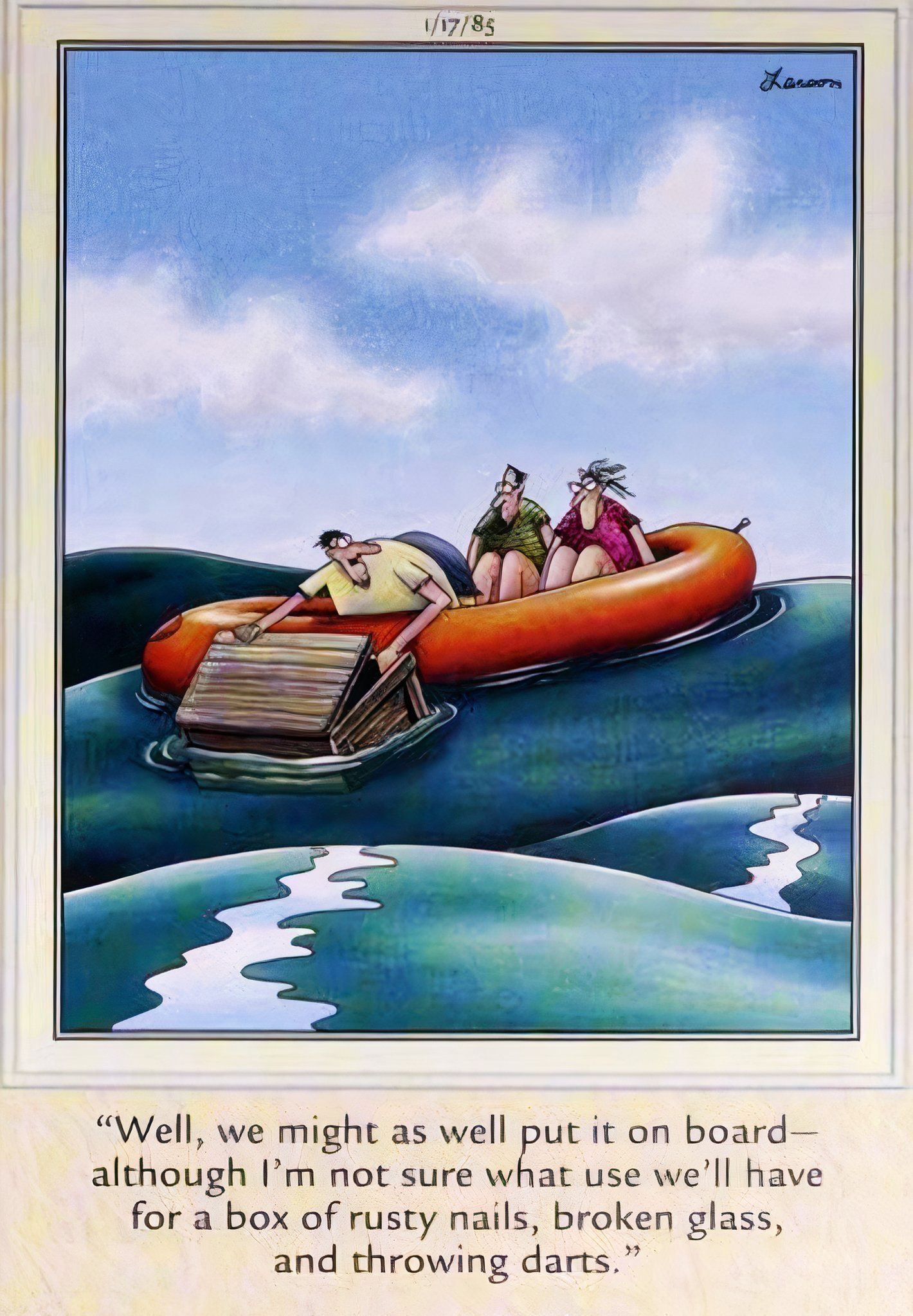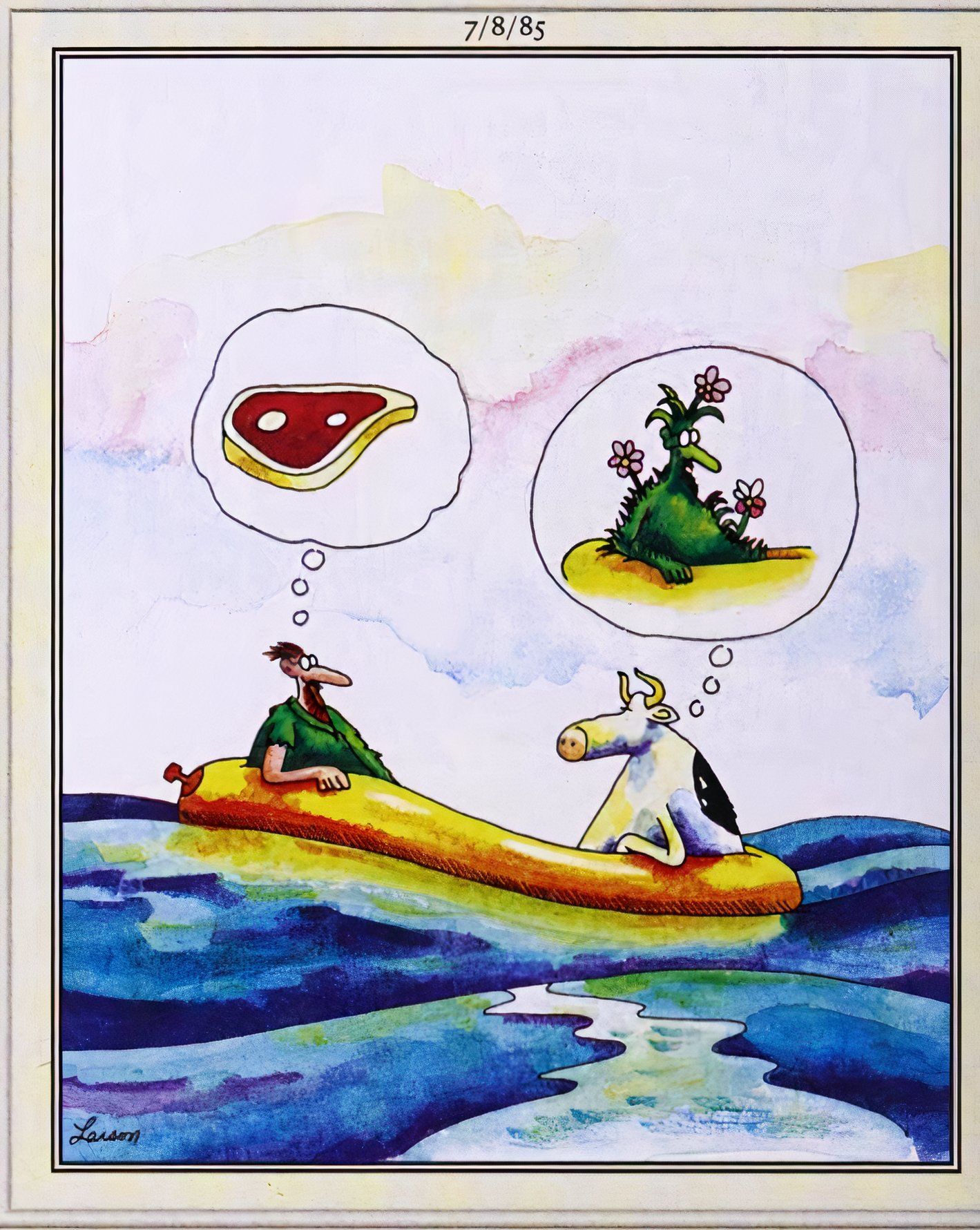Summary
-
The Far Side’s
“lost at sea” jokes repeatedly showcased Gary Larson’s knack for finding comedy in unlikely places, including the most dire of situations. - Larson’s “lost at sea” panels were a distinct strain of
Far Side
humor, similar to his “desert island” cartoons, yet with their own unique spin on the aftermath of disasters at sea. -
The Far Side’s
blend of absurdity, dark humor, and laugh-out-loud punchlines shines in these panels, where characters lost at sea face their impending doom with a humorous twist.
An essential part of what makes The Far Side so memorable is the way creator Gary Larson revisited the same jokes – repeating the same humorous riffs – regularly during the strip’s time in publication, as exemplified by his endless fascination with characters lost at sea. Over the years, these myriad shipwreck survivors offered Larson the perfect opportunity to extract comedy from the worst possible scenarios.
Certainly, The Far Side’s “lost at sea” cartoons operated in a similar vein to Gary Larson’s equally-prolific “desert island” comics, though while the similarities are evident, it is best to look at them as distinct – if related – strains of Larson’s humor.
The Far Side’s “desert island” comics largely depicted characters for whom all hope of rescue had been abandoned; many of Larson’s “life raft” characters, meanwhile, still held out hope of rescueas a realistic possibility, resulting in similar, but ultimately stylistically unique punchlines.
3:26
Related
The History of the Far Side Comics Explained
The Far Side is one of the most popular comic series ever, and the history of Gary Larson’s comic strip is fascinating.
10 The First Far Side “Lost A Sea” Comic Transports Neighborhood Squabbles To The High Seas
First Published: October 29, 1980
Admittedly, in the first-ever Far Side featuring characters stranded on the open water, the focal characters are seemingly unconcerned with being rescued. In fact, they don’t seem bothered by their predicament in the slightest. Rather, hilariously, they are instead annoyed, as another couple in a life raft paddles toward them, with one commenting to the other, “here come those pesky Andersons again…probably want to borrow a cup of water.“
Of course, the humor of this panel rests on this out-of-context attitude; rather than two more survivors in the same sort of trouble they are, the “Andersons” are treated like bothersome neighbors. Substituting “a cup of water” for sugar, or something of that nature, furthers the juxtaposition between the gravity of the situation and the speaker’s pettiness.
9 Being Stranded Goes From Bad To Worse For These Far Side Mariners
First Published: March 3, 1981
In the second Far Side “lost at sea” panel, Gary Larson once again finds humor in the contrast between the situation and the characters’ response. Here, three men sit on a capsized boat, its hull riddled with large holes – making it quixotic when one of them sees a bird flying overhead and remarks, “Oh no! An albatross! Well, there goes our luck.”
Having been a portent of bad things to come since the days of ancient seafaring cultures, the appearance of the albatross signals imminent despair and disaster; except, for these Far Side characters, their ship has already wrecked, and the thought of their luck having only just run out now is a daunting prospect, suggesting that the unfortunate trio are among The Far Side’s many characters doomed to tragic fates.
8 Gary Larson Illustrates A Kind Of “Can’t Hear The Ocean For The Waves” Situation
First Published: March 19, 1981
The Far Side is rightfully cited for its tendency toward absurdist humor, but just as often, Gary Larson’s jokes could be downright ridiculous. That is the case in this cartoon, as a woman holds a shell out to her husband says, “Andrew! Listen! You can hear the ocean!” – as they float aimlessly in the middle of a desolate sea, awaiting a rescue that may never come.
The punchline here is certainly blatant, to the point of being over-the-top, and that is its charm. While readers can ascribe deeper meaning to the joke as they see fit – perhaps something about a character retreating into fantasy in order to avoid their grave reality of their situation – it is better to accept the joke at face value, and to acknowledge that its borderline-inanity is exactly the point.
7 Gary Larson Makes The Case That Nobody Wants To Be Embarrassed When They Get Rescued
First Published: April 11, 1981
Again, readers should hesitate to look for anything beyond the surface of this Far Side comic, which is simply a silly joke about two men lost at sea who are actually relieved that they haven’t been rescued, because they are stuck in an inflatable raft shaped like a duck, which is covered in drawings of stars, and moons, and fish.
“Seven days at sea,” one of them says, “but thank god no one’s seen us yet.” This is an example of Gary Larson’s characteristic habit of inversion; readers can safely assume that the illustration was derived from the premise of the joke here, as Larson sought to visualize the answer to the question of what would make characters lost at sea desperate not to be found, rather than the expected opposite.

The Far Side Complete Collection
$71 $125 Save $54
Fans of the far side can’t pass up this master collection of Gary Larson’s finest work. Originally published in hardcover in 2003, this paperback set comes complete with a newly designed slipcase that will look great on any shelf. The Complete Far Side contains every Far Side cartoon ever published, which amounts to over 4,000, plus more than 1,100 that have never before appeared in a book and even some made after Larson retired.
6 One Of The Far Side’s Patented “Careful What You Wish For” Situations
First Published: November 10, 1981
In this Far Side panel, a couple lost in a tiny life raft encounter a ship – except it is a massive cruiseliner bearing directly down on them, which is all but certain to run them over; otherwise, the wake from the ship will surely capsize their raft, leading to their almost assured demises. That said, Gary Larson once more offers an elaboration on a familiar punchline: the incongruity of the characters’ perception and the reality of what is happening to them.
In this case, another wife cries out to her husband, “Thank goodness Malcolm! We’ve finally been spotted!,” evidently oblivious to the fact that the large vessel is barreling forward, entirely indifferent, or more likely unaware, to them being situated in its path. As funny as this Far Side might be, it also carries more than a touch of darkness, as the reader recognizes that the speaker’s joy at a potential rescue is at odds with the danger of the boat’s approach.
5 These Far Side Fishermen Need To Get Their Priorities Straightened Out
First Published: December 2, 1982
While many Far Side “lost at sea” cartoons find the humor in characters lacking appreciation for their own peril. In this case, Gary Larson tweaks that formula slightly, depicting a group of fishermen who come across two near-death men stranded in the ocean, and immediately showing a complete lack of appreciation for the severity of their plight.
“You boys got a bottle opener?” one of the fishermen calls out, who are depicted as unconscious at best, and already dead at worst. A charitable reading of the comic might suggest that the fishing boat has not drawn close enough to the other vessel for the condition of the men aboard to be evident. The funniest interpretation, however, is that the fisherman prioritized his urgent need to open a bottle of beer over the rescue of these two poor stranded souls.
4 The Rules Of The Sea Are A Bit Different On The Far Side
First Published: April 4, 1984
This Far Side panel depicts a group of sailors who are about to be lost at sea, as their ship goes down – as the ship’s cook stands at the bow, pointed almost-vertically in the air, and thinks, “I wonder if that’s really true…the cook always goes down with the ship.”
Hilariously, one of the men in the life raft depicted in the foreground is clearly the captain, who evidently recognized the limited capacity of the ship’s rafts, and in a moment of pure cowardice hoodwinked the cook into staying aboard and suffering a watery doom in his place. While joke might strike readers as immediately funny, this implied deceit also ranks this among the darkest Far Side comics.
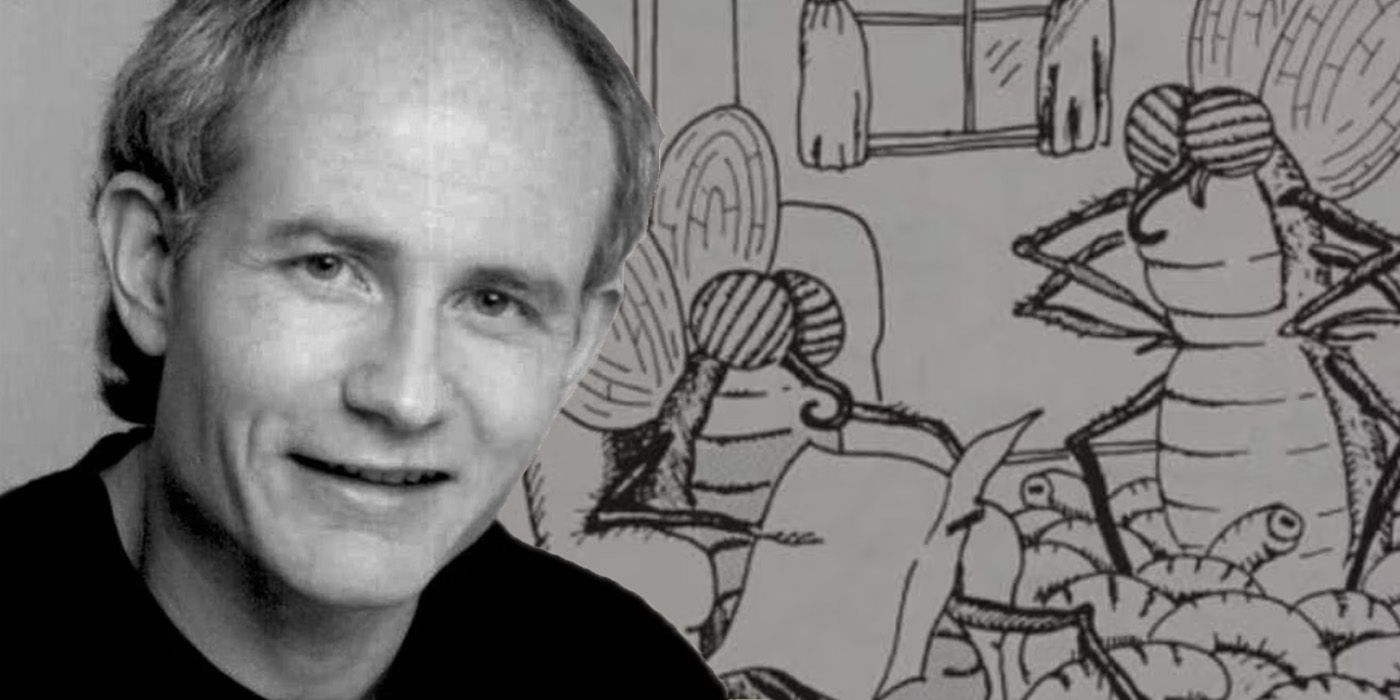
Related
Gary Larson’s Final Words On His Career Are Bizarre, Touching, & Perfect For The Far Side
In his final essay from “The Complete Far Side,” Gary Larson went on a tangent which delightfully encapsulated the heart of his long-running comic.
3 These Far Side Shipwreck Survivors Haven’t Given Up On Their Dreams Just Yet
First Published: August 25, 1984
This is one of Gary Larson’s more subtle Far Side jokes, especially when it comes to the “lost at sea” strain of far Side cartoons. Here, a group of survivors are strewn about in an inflatable life raft, with only their limbs visible dangling over the side, as each of their fantasies are visualized in thought-bubbles over the raft. One naturally dreams of rescue, another of a steak dinner and a glass of wine, and another a picture of a woman – while the last imagines bonking his fellow survivors on the head.
What makes this punchline effective is the seemingly one-sided nature of the animosity; while three of the four people in the raft are content to imagine a return to land, their fourth cohort is filled with outright murderous frustration at being trapped with them for such an extended period of time.
2 You Never Know When You’re Going To Need A Rusty Nail On The Far Side
First Published: January 17, 1985
Without question, this is one of the funniest of Gary Larson’s “lost at sea” Far Side cartoons; as two other survivors look on with extreme skepticism, a man insists on bringing a box full of “rusty nails, broken glass, and throwing darts” onto their inflatable life raft.
Far from hard to decipher, this Far Side cartoon is laugh-out-loud funny for how blatantly bad of an idea it is to bring a box of sharp objects onto their raft, especially as the man doing so outright says he’s “not sure what use [they’ll] have” for the stuff in the box. Yet he brings it aboard anyway, and as a result, the sheer ridiculousness of this punchline, from premise to execution, perfectly encapsulates what was great about Gary Larson’s sense of humor.
1 According To Gary Larson, Dinner Is In The Eye Of The Beholder
First Published: July 8, 1985
This is another all-time great Far Side panel, as much for the effectiveness of its wordless punchline as its memorable visuals. In this cartoon, a hungry man and a hungry cow trapped together in a life raft look at one another and see a meal. For the human, this is straightforward enough, as he envisions a steak; the cow, by contrast, hilariously imagines the man as a mound of grass.
An example of a Far Side comic that is as likely to have readers laughing as raising an eyebrow and asking “What-the?” this comic showcases how Gary Larson began to experiment with his “lost at sea” panels as his career progressed, routinely finding new, inventive ways to approach the same premise. This was, of course, one of the great joys of The Far Side, as Larson made a name for himself by relentlessly delivering unexpected twists on the familiar.
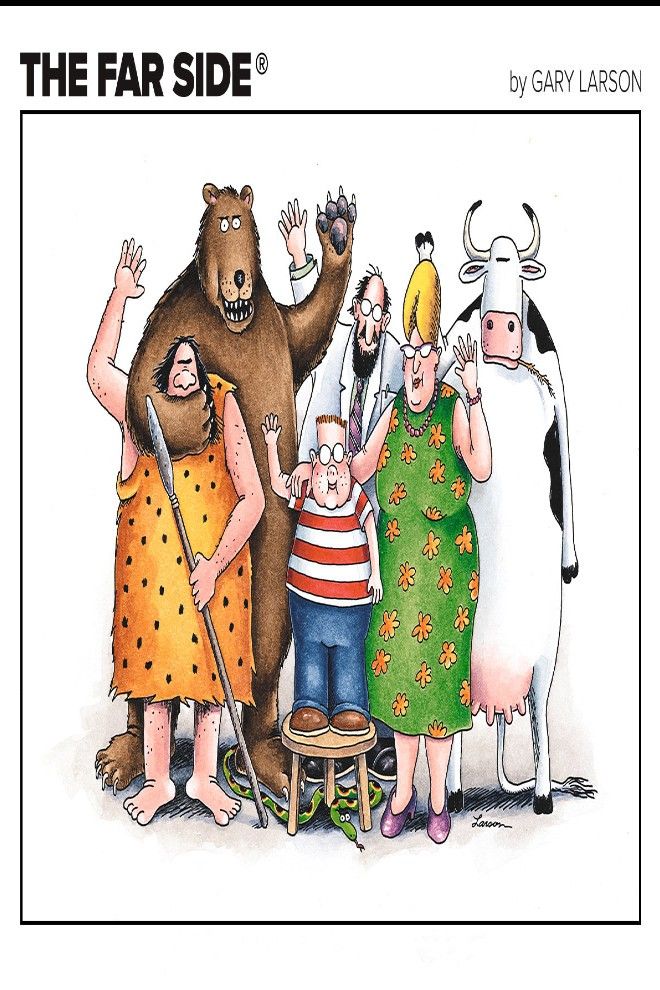
The Far Side
The Far Side is a humorous comic series developed by Gary Larson. The series has been in production since 1979 and features a wide array of comic collections, calendars, art, and other miscellaneous items.



